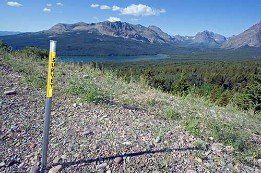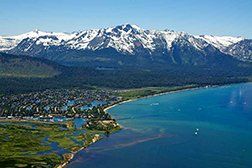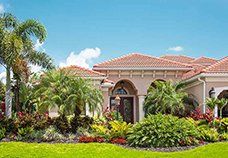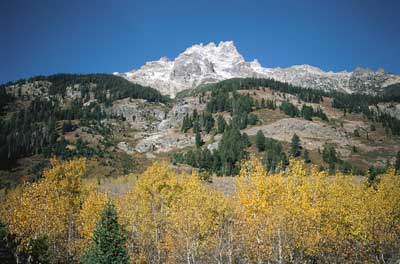PROTECT YOUR HOME FROM FIRE: DEFENSIBLE SPACE AND YOUR PROPERTY
- By Admin
- •
- 27 Jul, 2017
- •
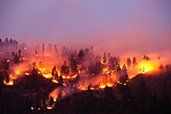
Although the western coast of the United States contains some of the most magnificent natural features on earth, it also carries a higher risk of wildfires compared to much of the continental US. As a result, it's important for homeowners in California, Nevada and other western states to ensure their homes are adequately protected against fire.
When it comes to fire protection, what should you do to keep your home safe and minimize the risk of total loss? Read on to learn more about some ways you can protect your property from fire.
THE PRINCIPLES OF DEFENSIBLE SPACE
Defensible space involves the creation of a border designed to provide firefighting crews with adequate space to fight your fire. Ideally, this defensible space will also prevent the fire from spreading. There are three primary concepts or principles of defensible space.
Protected Space for Firefighters
Firefighters who are unable to get close to your home won’t be able to implement any fire protection measures to help save the structure. By providing some protected space, you'll be able to allow firefighters to do their job and stop the fire from spreading to surrounding structures.
If your home is already within 100 feet of one or more neighbors, you'll want to take some extra measures to provide firefighters with a safe space, from reducing the vegetation between your home and your neighbor's home to erecting a concrete or block wall that can act as a physical barrier against fire.
If you're more than 100 feet from your neighbors, you'll want to ensure that this protected space has short grass and doesn't contain any other obstacles that could impede the firefighters' ability to extinguish your fire.
Fuel Reduction to Prevent Fire Spread
One of the reasons wildfires spread so rapidly is the proliferation of dry grass and other highly flammable materials in nature. By reducing the amount of natural fuel on your property, you'll be able to further minimize the risk of wildfire spreading to your home.
This can often mean selectively thinning out plants, trees and other vegetation to provide less fuel for the fire. At the end of the growing season, you'll want to pull up any dead or decaying garden plants as quickly as possible to ensure they don't lead to the spread of a wildfire.
Fuel-Ladder Management
The final principle of defensible space involves cutting the "fuel ladder" that can exacerbate the spread of fire. If you imagine your property's vegetation as a type of ladder, with grass on the bottom rung and trees on the top, you can see how quickly and easily fire can spread from one rung to another.
By separating these rungs, whether this means trimming low-lying branches or even digging up shrubs that are too close to a tree's lowest branches, you'll be able to avoid having the fire spread through blown embers or any other means.
In general, you'll want to ensure any distance between "ladder rungs"—like shrubs and trees—is at least three times the height of the lower-level fuel. For example, a bush that is three-feet tall will need to be at least nine-feet from the next closest piece of vegetation.
Keeping these principles in mind can keep you and your family safe during even the most blazing wildfire, while also reducing the risk of damage to your home or personal property.
When it comes to protecting your home and family, you’ll want to take every possible precaution. That’s why you’ll want to have your property surveyed to ensure your home meets defensible space standards. Contact the experienced land-surveying team at Arnett & Associates, Inc. to schedule surveying services.
Featured Reviews
⋆⋆⋆⋆⋆
Positive: Professionalism, Quality, Responsiveness, Value
Ken and his group are awesome.
They answer the phone and are super easy to work with.
⋆⋆⋆⋆⋆
The owner, Ken, was very responsive to our needs and questions. We would highly recommend him and his team.
-Craig F
120 Country Club Dr.
Suite 13
Incline Village, NV 89451
Main: 775-831-8618
Fax: 775-831-8534
Email: ken@arnettconsultants.com
South Tahoe: 530-541-3006
Truckee: 530-587-0622
Business Hours:
Mon – Fri: 8:30 a.m. – 5 p.m.
Saturday: Available by Appointment
